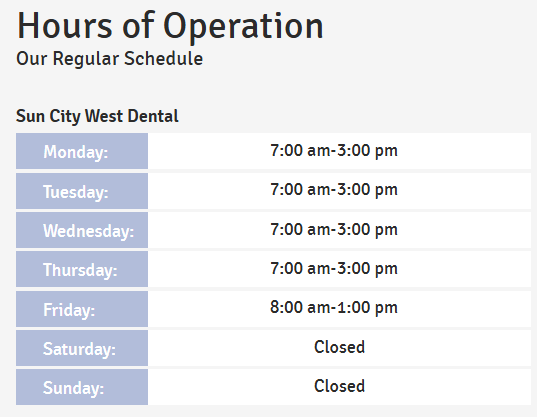Treatment and Recovery from Tramadol Overdose

Tramadol is a pain reliever that works by changing the way the brain and nervous system respond to pain. It is in a class of medications called opioid analgesics and is used to treat moderate to severe pain, including chronic back and muscle problems. Tramadol is a central nervous sy e-threatening symptoms, but early treatment and long-term recovery support can help individuals rebuild their lives safely and healthily. What is Tramadol, and Its Potential for Overdose? Tramadol is a synthetic opioid used primarily to manage moderate to severe pain. It works by altering the way the brain perceives pain signals, making it effective for various conditions. However, this effectiveness comes with risks. Many individuals underestimate tramadol’s potential for addiction and overdose. While it may seem less potent than traditional opioids, its impact on the central nervous system can still be profound. Misuse—whether through higher doses or combining it with other substances—can lead to dangerous consequences. Tolerance can develop quickly, prompting users to increase their dosage in search of relief or euphoria. This behavior significantly raises the risk of an overdose, which can result in respiratory failure and even death if not addressed promptly. Understanding these dynamics is essential for anyone using tramadol or caring for someone who does. Awareness fosters caution and encourages safer practices around medication use. Signs and Symptoms of Tramadol Overdose Recognizing the signs of a tramadol overdose is critical for timely intervention. Common symptoms include: >>> If you suspect someone is experiencing an overdose, seek emergency help immediately by calling 911. Quick action can save lives. Immediate Steps to Take in Case of Tramadol Overdose If you suspect someone has overdosed on Tramadol, act quickly. Time is crucial in such situations. First, assess the person’s condition. Check for responsiveness and breathing. If they are unresponsive or having difficulty breathing, call emergency services immediately. While waiting for help, try to keep the person awake and alert if possible. Gently shake their shoulders and speak loudly to them. Do not leave them alone; stay by their side until medical personnel arrives. Avoid giving them anything to eat or drink as this could complicate matters further. If you know how much Tramadol they took, be prepared to share that information with the medical team when they arrive. The situation can be distressing, but staying calm will help both you and the affected individual during this critical time. Medical Treatment for Tramadol Overdose Treatment for tramadol overdose typically begins with emergency care. Key interventions include: Rehabilitation Programs for Tramadol Dependency If an overdose is linked to addiction, rehabilitation programs play a crucial role in recovery. Options include: Support Groups and Counseling for Recovery Emotional healing is essential for long-term recovery. Support options include: Prevention Strategies for Avoiding Tramadol Overdose Preventing a tramadol overdose starts with awareness. Educating yourself about the medication’s effects is crucial. Understanding how it interacts with other substances can save lives. Always follow your doctor’s prescription strictly. Do not adjust dosages without consulting a healthcare professional. This ensures that you stay within safe limits. Keeping medications out of reach is also important, especially if there are children or pets in the home. Secure storage minimizes accidental ingestion. Communication plays a key role too. Talk openly with family members about your usage and any concerns related to tramadol. Support systems help monitor and manage usage effectively. Consider regular check-ups with your doctor to evaluate ongoing needs for tramadol treatment. These appointments can help identify potential issues early on and make adjustments as needed to avoid risks associated with overdose. Living a Healthy Life Post-Recovery Recovery from a tramadol overdose is an opportunity for transformation. Tips for long-term success include: Life after an overdose can be fulfilling with the right mindset and support system. Conclusion Recovering from a tramadol overdose is challenging but achievable with timely medical intervention, comprehensive rehab programs, emotional support, and relapse prevention strategies. With determination and access to resources, individuals can lead healthy, fulfilling lives post-recovery. Frequently Asked Questions (FAQs) Can someone fully recover after a Tramadol overdose? Yes, with proper medical treatment, rehabilitation, and ongoing support, individuals can recover fully from both physical and emotional effects of an overdose. Is one overdose enough to need rehab? While not everyone may require rehab after one overdose, it’s highly recommended if addiction or dependency is a factor. How long is recovery after a Tramadol overdose? Recovery timelines vary depending on the severity of the overdose and individual circumstances but often include weeks of medical care followed by months of therapy. Can overdose damage be permanent? In severe cases, complications such as brain damage from oxygen deprivation may occur, but early intervention reduces this risk. Is it possible to use pain medication safely after recovery? Yes, under close medical supervision and with non-opioid alternatives when possible. Related Articles:

